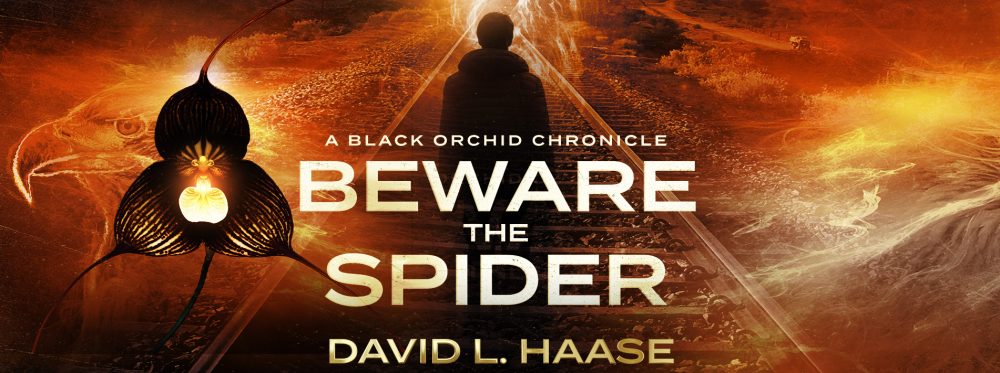Are you an outliner or a pants-er?
You heard that frequently in the sessions and the hallways at ThrillerFest 2014.
What the questioner means is, do you outline your work or do you write by the seat of your pants?
I’m a pants-er. I start with the key character, a situation and a vague idea of how the story should end. Then I start writing. I learned very quickly the characters take the story where they want it to go; I’m just along for the ride. (I think this produces some unsatisfactory endings and rewrites, but that’s for another blog post.)
This week, I am learning the challenges of outlining as I convert a 53,000-word novella into a graphic novel. I have set aside these five days to draft a detailed scene outline. (Script writing and novel writing are very different, but again, that’s for another post.)
I’m into Day #3 of the outline, and I’m barely halfway through the novella. Getting the scenes right and adding just the right amount of detail takes a lot of time.
I understand why Jeffery Deaver takes six to eight months to produce a 150 to 200 page outline for one of his best-selling thrillers.
R. L. Stine, the prolific author of the Goosebumps horror stories for children, qualifies as an outliner.
He described his writing process at ThrillerFest:
- Start with the title. Until he has the title, he can go no further.
- Write the ending. The ending must meet audience expectations.
- Outline 20 pages for a 150-page book. He does all the thinking before he writes.
- Make a cheat sheet of all the characters
- Get his wife’s approval. She is his editor and he’s not allowed to go forward until she okays his outline.
- Write.
Raymond Khoury, screenwriter and author of The Last Templar, sets up the first 100 pages and then let’s the characters go.
Gayle Lynds, who writes spy thrillers that easily top 500 pages, developed her outline system through the drafting of her first three books.
She creates a bare-bones outline for each chapter describing the characters and the action for each. She also lays out the day and time of day as well as the location, because her books take place all over the world and are told from multiple points of view. (In this, she follows the screenplay model. More later.)
What sets her apart, in my mind, is how she color codes each character and when the initial outline is done, she flips back over the pages looking for characters who dominate too much or who disappear in the cracks until she has a map of the flow. Then she writes.
And at the opposite end of the spectrum, Lee Child, author of the Jack Reacher series, writes by the seat of his pants. Says he:
“I don’t want to know the ending before I get there.”

